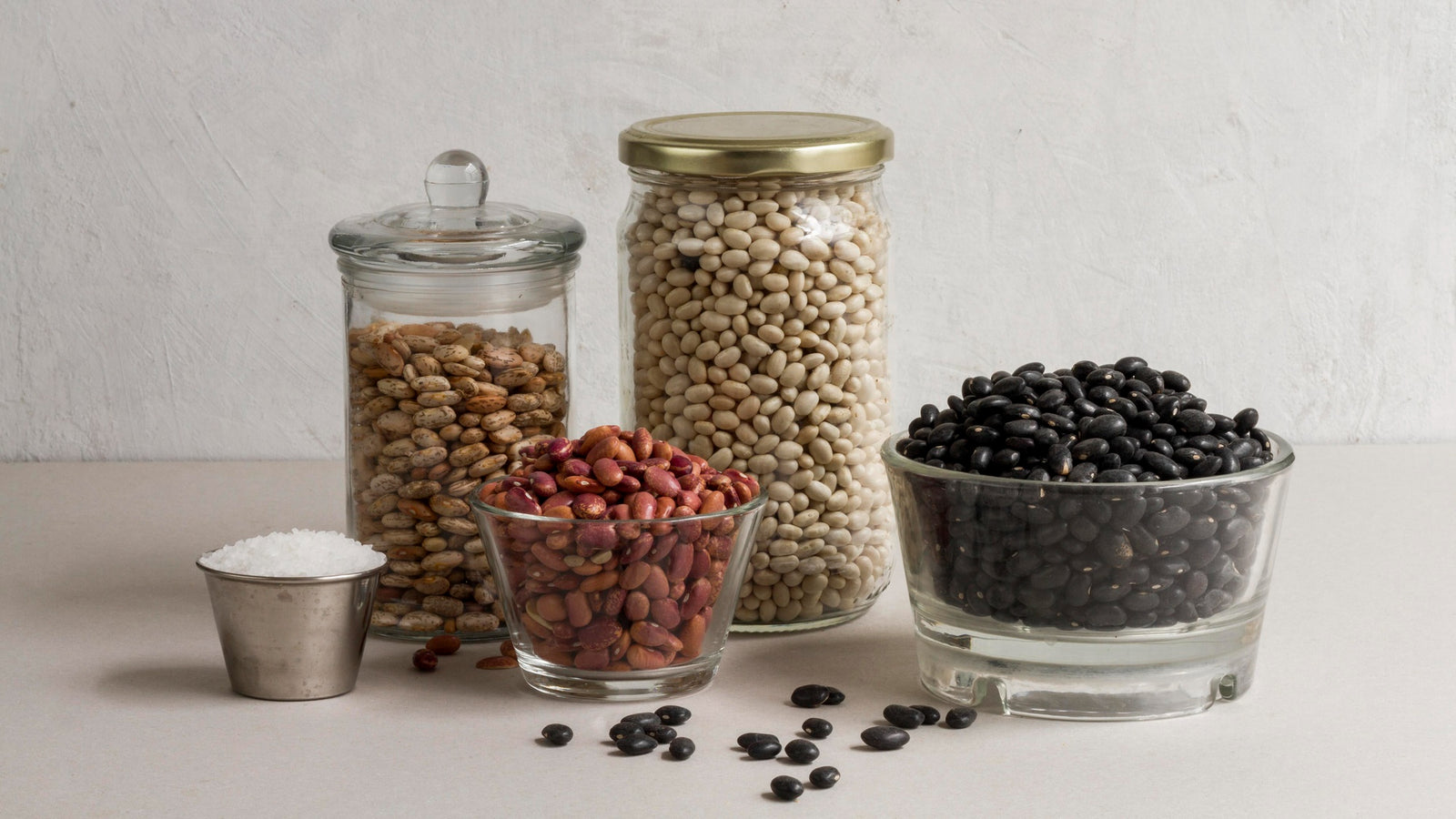
December 17, 2016 3 min read
Warm, home-baked bread, made from fresh ground, organic wheat, and the most natural ingredients. The smell, the texture, the taste- there is nothing like it! This is bread that nourishes both the body and our souls, knowing that we are actually improving our families’ health.
But before you bake your first loaf of bread made from wheat that you fresh grind, there are few things you need to know. In taste and texture, along with composition, bread from wheat that is freshly ground is like no other bread you have ever eaten. Most breads you buy at the store are made with flours that have been stripped of most of their natural goodness so that they can sit on a grocery store shelf for extended periods of time. In order to make the bread “healthy”, commercial bakeries often add back in a long list of vitamins and minerals, along with artificial colors, flavors, and preservatives. Bread made with fresh ground wheat and a shortlist of organic and other all-natural ingredients, has all of its goodness intact with no need to add anything artificial back in.
All of the vitamins, minerals, natural wheat oils, and proteins that are missing from commercially processed wheat remain in our bread mixes and flours. The result is bread that truly nourishes your body.
This also means you have to treat your bread little differently, with a little more care. Here are some things to keep in mind as you enjoy your freshly baked bread made from freshly ground wheat:
1. Be sure that your bread has time to cool sufficiently before bagging it.
2. Also, check that the bag remains sealed tightly with as little air enclosed as possible. If you see condensation in your bag, that means that there is still too much moisture. Open your bag and allow the moisture to dry before resealing it.
3. Store your current loaf of bread in a cool, dry place out of direct sunlight. We keep ours on the counter, under the cabinets next to the toaster for easy accessibility.
4. If you won’t be eating the bread in the next few days, place it in the freezer and remove it when needed. When ready, set it on the counter to thaw for a couple of hours or if you really can’t wait, pop a couple of frozen slices in the toaster or wrap the whole loaf in aluminum foil and warm in the oven.
5. While freezing bread works well, never refrigerate it since the bread will lose all of the natural wheat oils and moisture that have been baked in.
6. Depending on the time of the year, temperature, and humidity, your bread should stay fresh for about 4-5 days on the counter. It is usually closer to four in summer (or less if your house has no air conditioning) and closer to 5 days or more in winter.
Once you and yours have tried freshly baked bread made from freshly ground wheat and all-natural ingredients, you won’t want to go back to grocery-store bread, or even bread made with organic wheat that was ground months ago in a factory somewhere far away.
This fresh-ground adventure has been a great blessing to us, and we look forward to sharing in it with you.
Blessings!
Recipes:
Thanks for reading this Be Still Farms Blog article. To sign up for more news/articles and/or recipes, click here. For more about us, click here. To shop our certified organic products, click here.
Please comment and share and we look forward to serving you in the future!
Comments will be approved before showing up.

April 24, 2024 3 min read
This article explores the unique characteristics and culinary uses of pinto beans, small red beans, and black beans. Highlighting their distinct flavors, textures, and nutritional profiles, the piece delves into how each bean fits into different regional cuisines and cooking methods. From the creamy texture of pinto beans in Mexican dishes to the firmness of small red beans in Caribbean meals and the robustness of black beans in Latin American recipes, this guide offers a comprehensive look at these versatile staples in global kitchens.

April 22, 2024 3 min read
This article traces the journey of organic kasha, also known as toasted buckwheat groats, from its cultivation as a seed to its role in sustainable agriculture and its culinary uses on the dining table. Highlighting the eco-friendly farming practices and nutritional benefits, it delves into how kasha supports both personal health and environmental sustainability. Rich in protein, fiber, and essential nutrients, kasha is celebrated for its unique flavor and versatility in dishes ranging from traditional Eastern European recipes to modern health-conscious meals.

April 17, 2024 3 min read
© 2024 Be Still Farms- Real, Fine Organics.
Privacy | Terms | Refund Policy | Organic Certification
